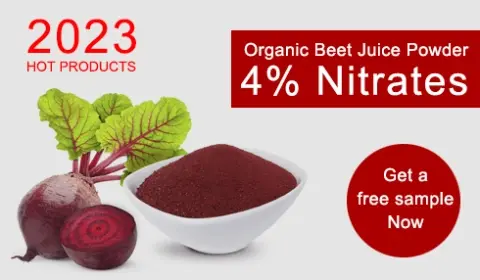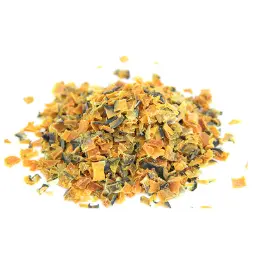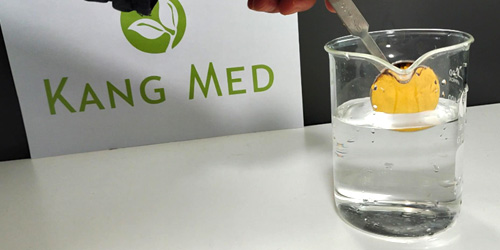Pumpkin: plant characteristics, benefits and eating precautions
- Offer: 366
- Added: 8/20/2024 7:31:20 PM

Pumpkin is a plant of the genus Cucurbitaceae, an annual vine herb. Its stem often takes root at the nodes, stretches up to 2-5 meters, and is densely covered with short white bristles. Pumpkins are called differently depending on their origins, and are also known as wheat melon, papaya, squash, golden winter melon, etc. Originated from Mexico to Central America, they are now widely cultivated all over the world, and have been introduced to my country since the Ming Dynasty. They are now widely planted in all parts of the north and south.
1. The efficacy and function of pumpkin
Pumpkin is not only delicious, but also has high nutritional value. It is rich in protein, vitamins B1, B2, C, carotene, dietary fiber, etc. In addition, pumpkin also has the effects of strengthening the spleen and stomach, protecting the liver and kidney, anti-inflammatory and analgesic, moistening the lungs and replenishing qi, and expelling insects and detoxifying. The rich cobalt element can activate human metabolism, help prevent and treat diabetes and lower blood sugar. In addition, vitamin C in pumpkin also has anti-cancer and anti-cancer effects. Pumpkin also has a good effect on promoting growth and development, protecting gastric mucosa, and helping digestion. Especially for patients with weak spleen, malnutrition, lung abscess, bronchial asthma, chronic bronchitis in the elderly, diabetes, etc., pumpkin is a good food therapy.
2. Precautions for eating pumpkin
Although pumpkin has many benefits, there are also some things to note. First of all, pumpkin is warm in nature, and people with stomach heat and warm qi stagnation should eat less. In addition, people with athlete's foot, yellow pox, qi stagnation and dampness obstruction should not eat it. At the same time, people with infectious diseases and fever symptoms should avoid eating pumpkin. For people who are taking Chinese medicine, pumpkin should also be avoided. When eating pumpkin, you also need to pay attention to avoid adverse reactions with certain drugs.
3. Select and preserve pumpkin
When selecting pumpkin, it is best to choose a pumpkin with a complete appearance and a melon stem connected to the melon body. Such pumpkins are relatively fresh. If the pumpkin has been cut and not eaten, you can remove the pumpkin seeds and put them in a fresh-keeping bag and put them in the refrigerator for storage. If you want to store pumpkin for a long time, you can buy unripe pumpkin. In addition, you also need to pay attention to the cooking method of pumpkin. Pumpkins containing beta-carotene can be cooked with oil to help the body absorb this nutrient. People with obesity and diabetes can replace part of their staple food with pumpkin to reduce energy intake.
In general, pumpkin is a nutritious vegetable with multiple benefits. When eating, you need to pay attention to the above matters to ensure that you can enjoy the deliciousness and nutrition of pumpkin safely and effectively.







